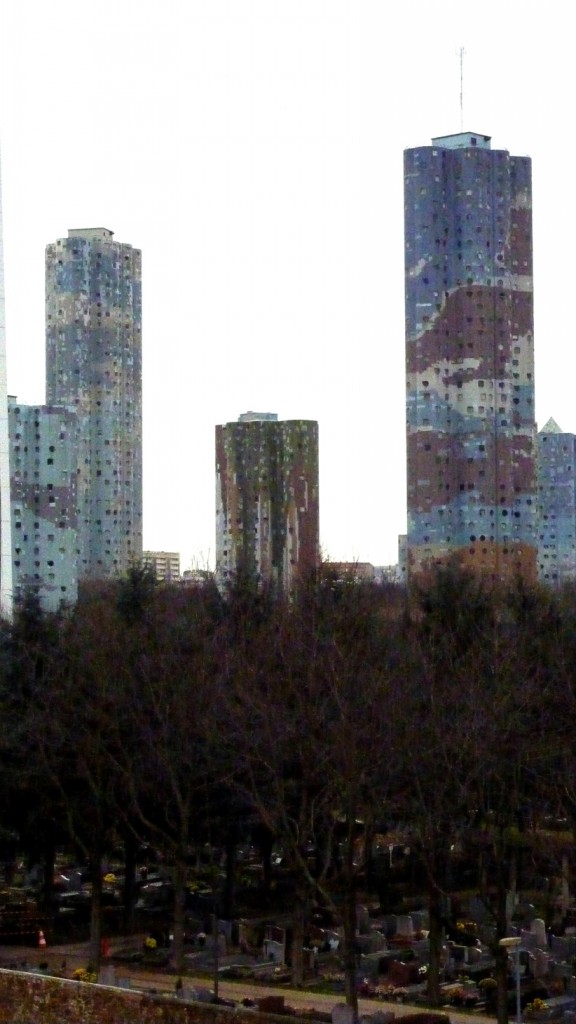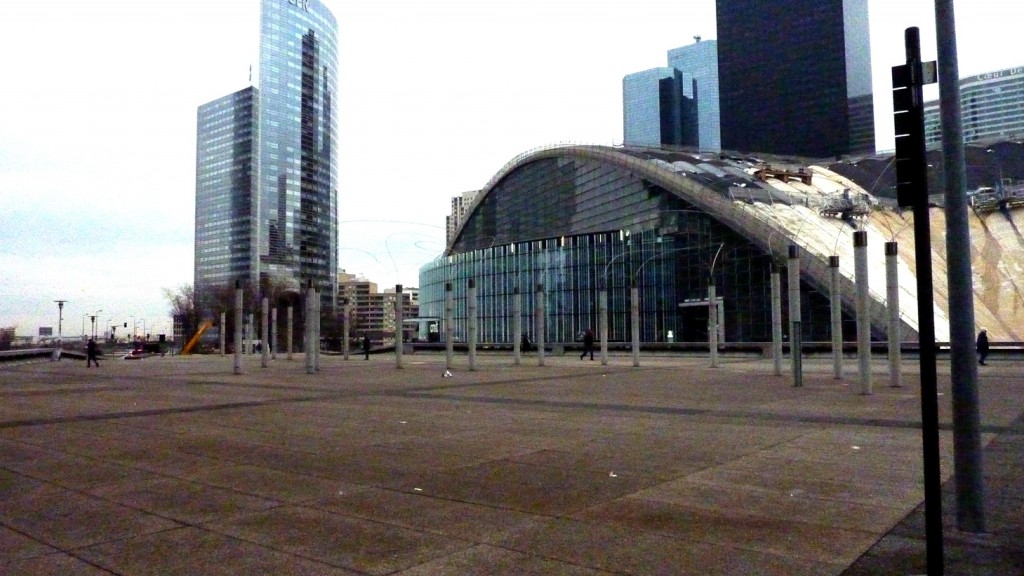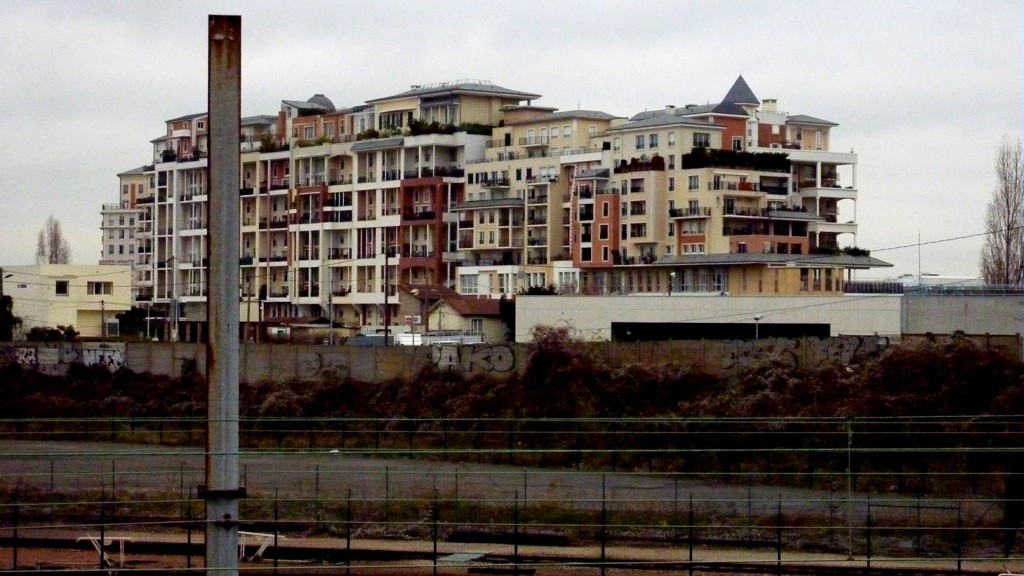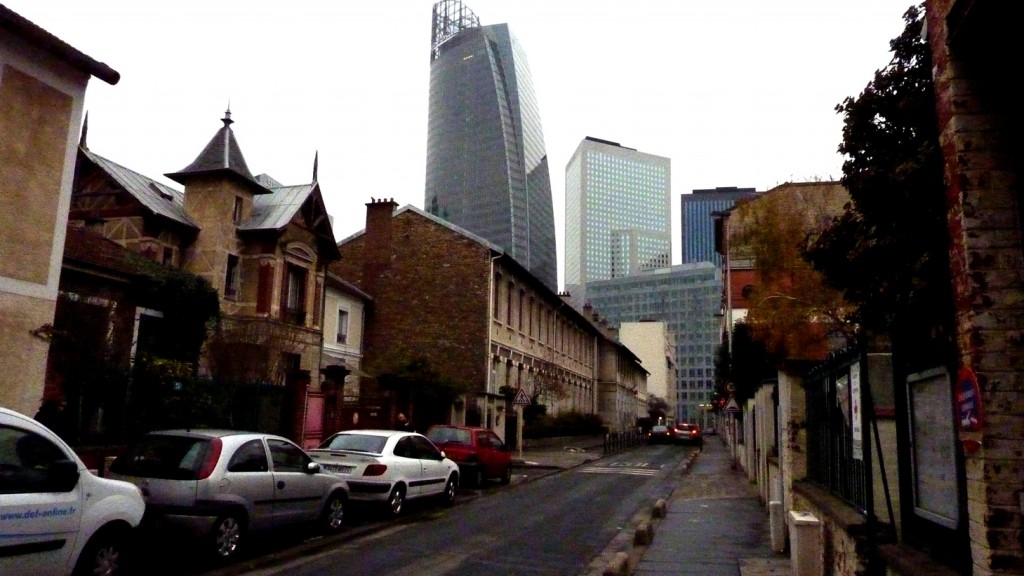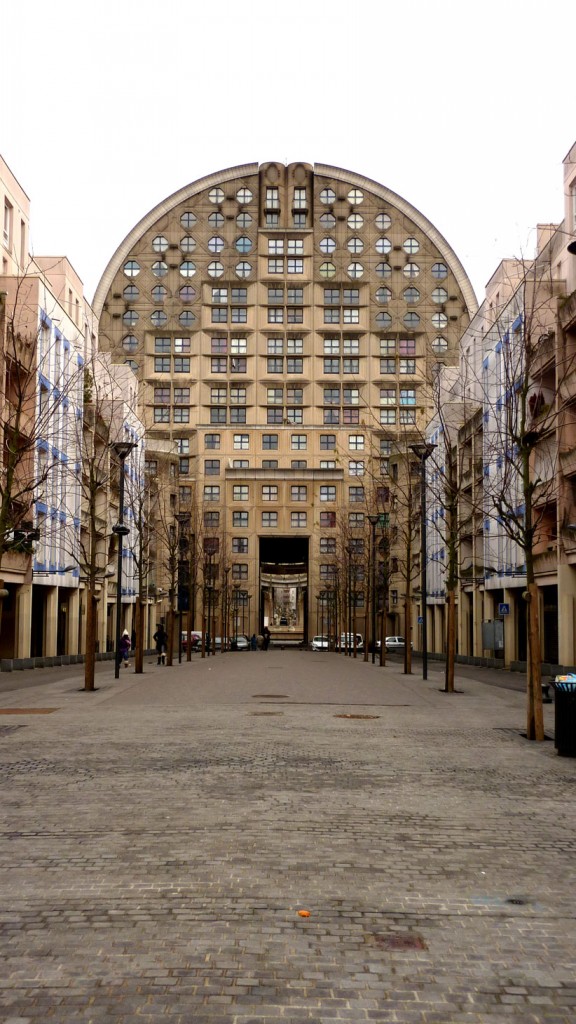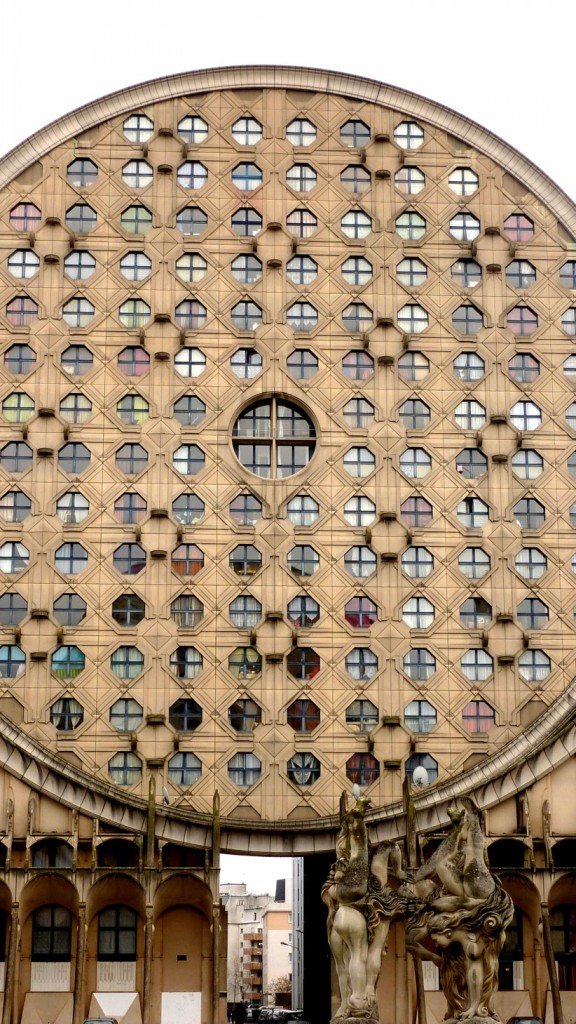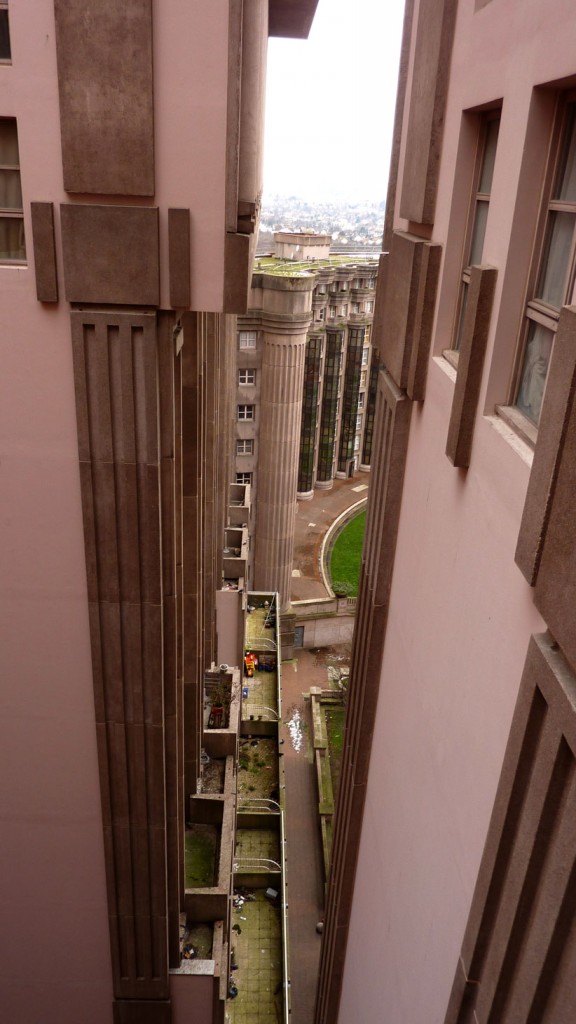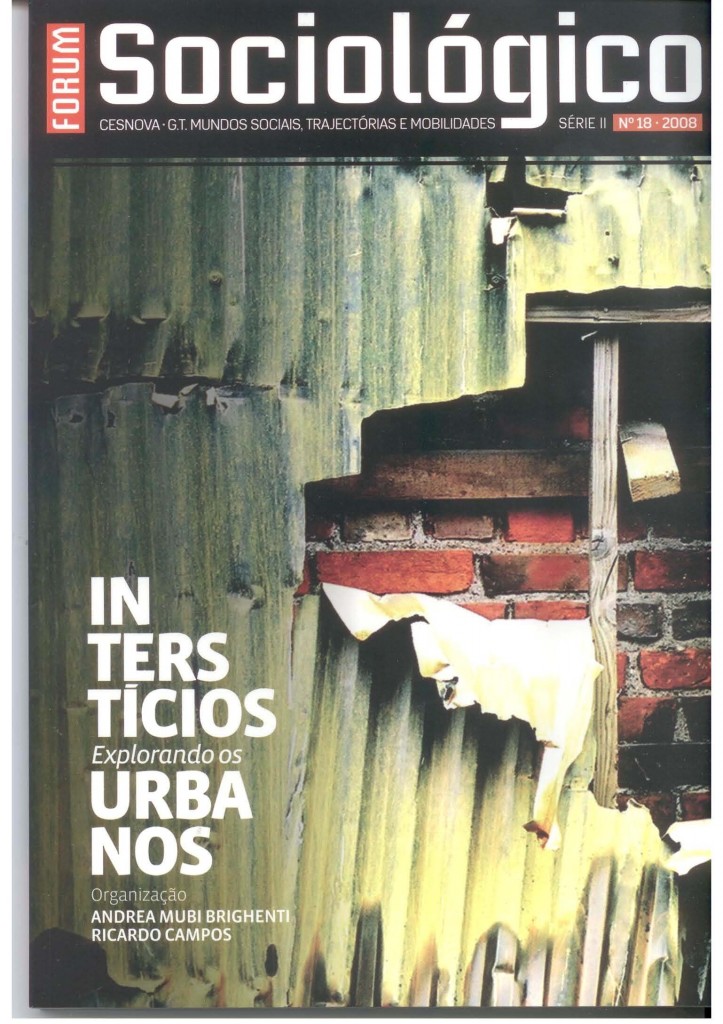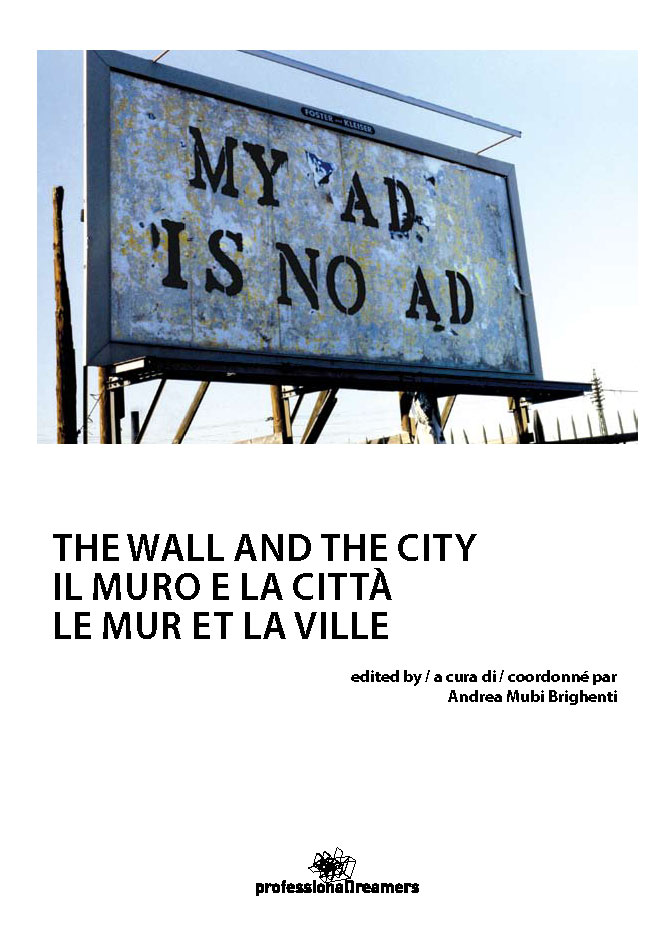Category Archives: visual
Des choses aux mots
(avec quelques allusions foucaldiennes évidentes)
Available at: http://www.scriptopolis.fr/des-choses-aux-mots/
A walk in La Défense
A Walk in Noisy-le-Grand
Explorando os interstícios urbanos
(with Ricardo Campos) (eds.) Special Issue of Forum sociológico, no. 18
http://forumsociologico.fcsh.unl.pt/Detalhes.aspx?ID=Ed18art01.html.html
https://sociologico.revues.org/76
Pdf here : introducao
At the Wall: Graffiti Writers, Urban Territoriality, and the Public Domain
Space and Culture, Vol. 13(3): 315-332, July 2010
http://sac.sagepub.com/content/13/3/315
.
The article is based on an ethnographic observation of a crew of graffiti writers in the northeast of Italy. Extending some considerations emerging from the case study, the article advances a reflection on the territorial dimension of graffiti writing in urban environments and the relationship between walls, social relationships and the public domain. This task entails understanding walls as artefacts that are subject to both strategic and tactical uses, as well as the relationship between walls and the public domain as a territorial configuration. In particular, graffiti writing is observed as an interstitial practice that creates its own specific way of using walls: it is a “longitudinal” rather than a “perpendicular” style, which transform the wall into a fragment of a “prolongable” series, a part of a continuing conversation.
The Wall & The City
published by professionaldreamers, Trento, 2009 – ISBN 978-88-904295-0-7
Full text at | https://www.academia.edu/4093945/The_Wall_and_The_City_Ed_
Visual, Visible, Ethnographic
The paper explores visibility as a category to describe certain characteristics of the social that can be observed by ethnographers. The field of visibility spans the most immediate interactions that take place in a situated context and mediated social relations. Visibility offers a useful comparative tool to research because very different practices can be compared as specific configurations or regimes of visibility. The effects of visibility are contingent upon the type of regime, as the cases of recognition, control, and spectacle illustrate. The paper does not seek to propose visibility as a catch-all term; rather, it suggests that ethnographic research is inevitably concerned with how features of visibility are employed by actors to introduce thresholds of relevance in the definition of relational territories. In its attempt to understand the constitution of social territories as ‘locales’, ethnography cross-cuts the distinction between the how and the why of observed phenomena.







